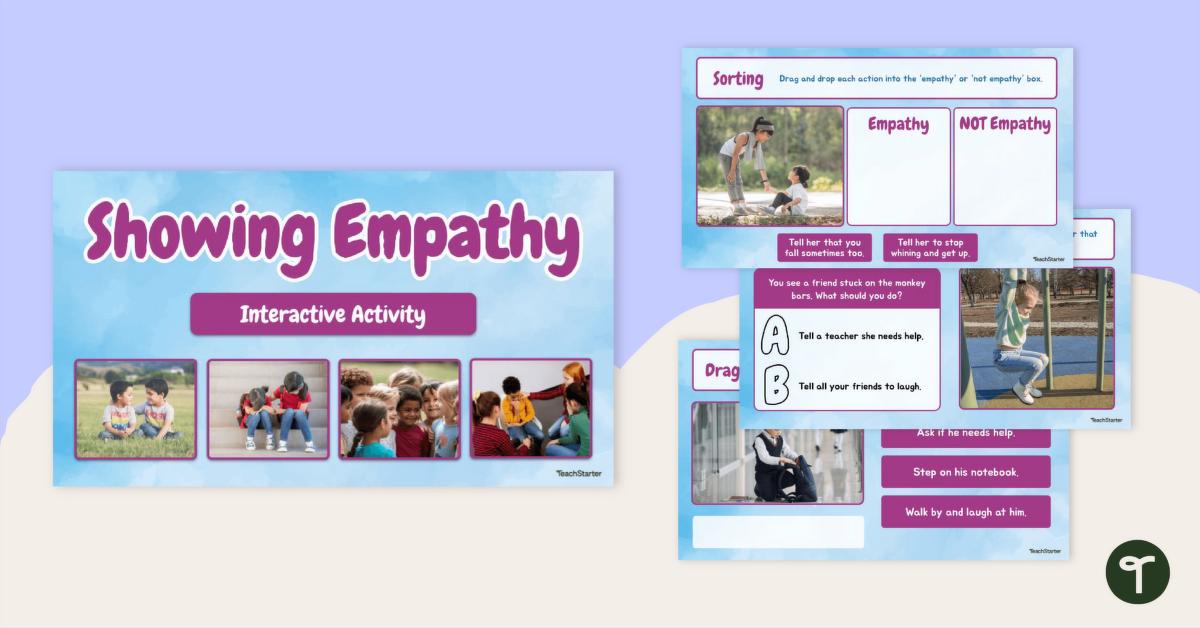The Integral Role of Quality Assurance
Maintaining high standards in software development is akin to being a strict but fair parent—one who encourages growth yet draws the line at subpar performance. Quality Assurance (QA) serves as this parental figure, ensuring that every piece of code meets the set benchmarks before it’s launched into the wild. The key aspects that QA focuses on include:
- Rigorous Testing: From unit to integration tests, QA makes sure that every angle is covered.
- User-Centric Approaches: Understanding user experience demands a relentless commitment that QA embodies.
- Process Improvement: Continuous feedback loops lead to refinement in not just products but also in development practices.
With a robust QA framework, we can confidently shift our gaze towards frontend development.
Frontend Development: The User’s First Impression
Ah, the frontend—this is where the magic happens, folks! Think of frontend development as the charming host of a party, responsible for creating a welcoming atmosphere. A well-designed frontend ensures that users not only have a delightful experience but feel compelled to return. Here’s what makes frontend development so captivating:
- Responsive Design: A fluid, responsive layout is like a well-fitted suit—impressive and adaptable.
- Performance Optimization: No one likes waiting in line, and no user should have to wait for a page to load.
- Accessibility: Design should be inclusive, allowing every user to interact with the interface seamlessly.
By mastering frontend development, teams set the stage for a delightful user experience that keeps people coming back for more.
Continuous Integration: Bridging Development and QA
If QA is the strict parent, then Continuous Integration (CI) is the overachieving student who ensures that everyone is working harmoniously. CI is all about merging code changes regularly, which minimizes integration issues and leads to a much smoother workflow. Here’s how CI aids our desperate dance between development and QA:
- Frequent Commits: It encourages developers to share their code more frequently, reducing the “I’ll compromise my work-life balance later” mentality.
- Automated Testing: Imagine having a turbocharger that boosts performance—automated tests run alongside commits to catch any hiccups early.
- Feedback Loops: Continuous feedback shrinks the gap between development and deployment, allowing for real-time adjustments.
CI brings the entire team closer, ensuring that both developers and QA specialists have their eyes set on the same goal.
Backend Development: The Unsung Hero
Often overlooked, backend development is like the reliable engine of a car—it keeps everything running smoothly under the hood. While that flashy frontend is busy wowing users, the backend is diligently working away to ensure that every transaction is seamless. Key features of backend development include:
- Database Management: Keeping user data stored safely and being retrievable at lightning speed.
- API Integration: Think of APIs as the messengers that carry requests and ensure the frontend and backend can speak the same language.
- Scalability: A well-structured backend welcomes increased traffic like a well-organized concert venue.
Without efficient backend deve...






